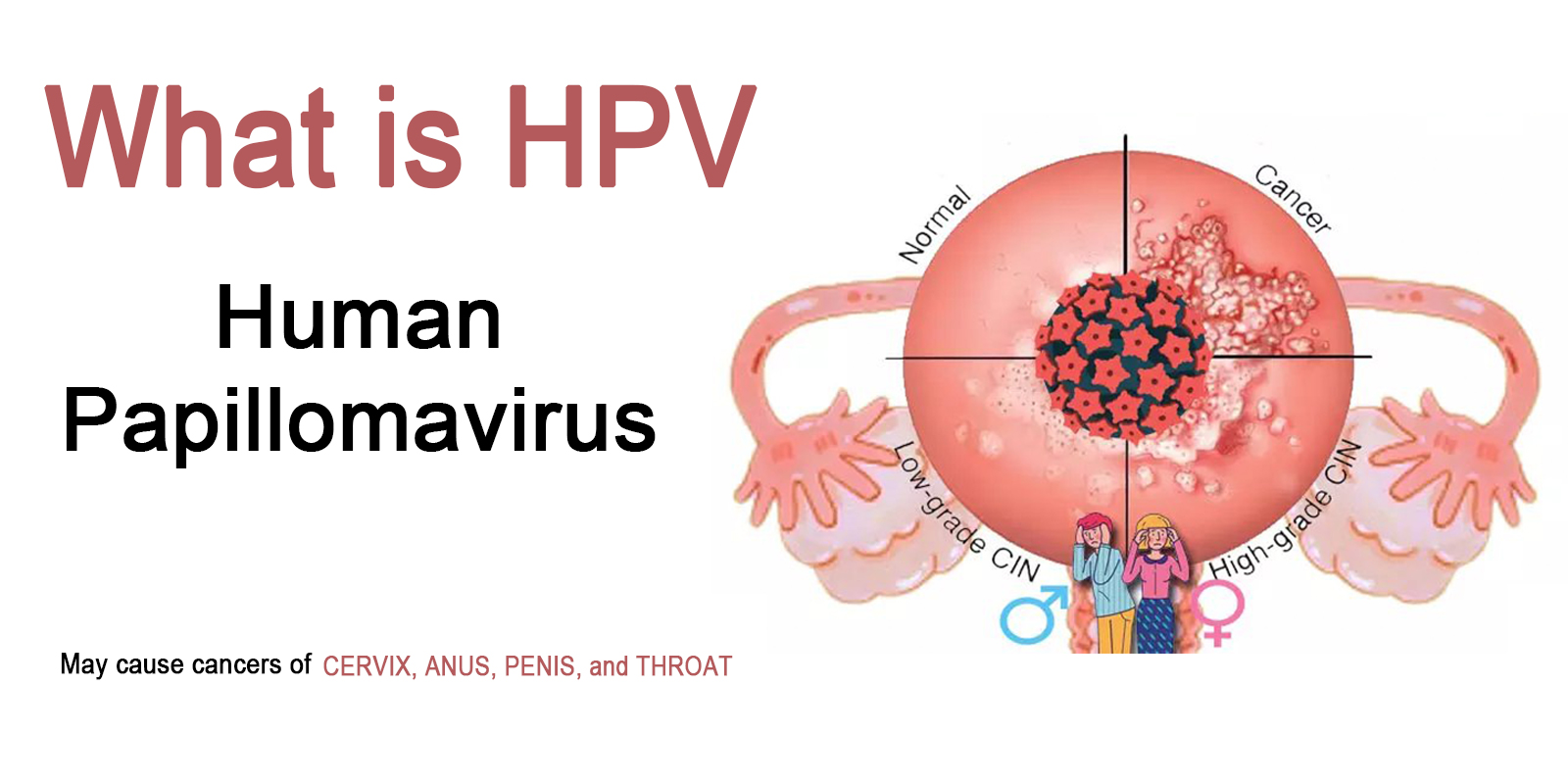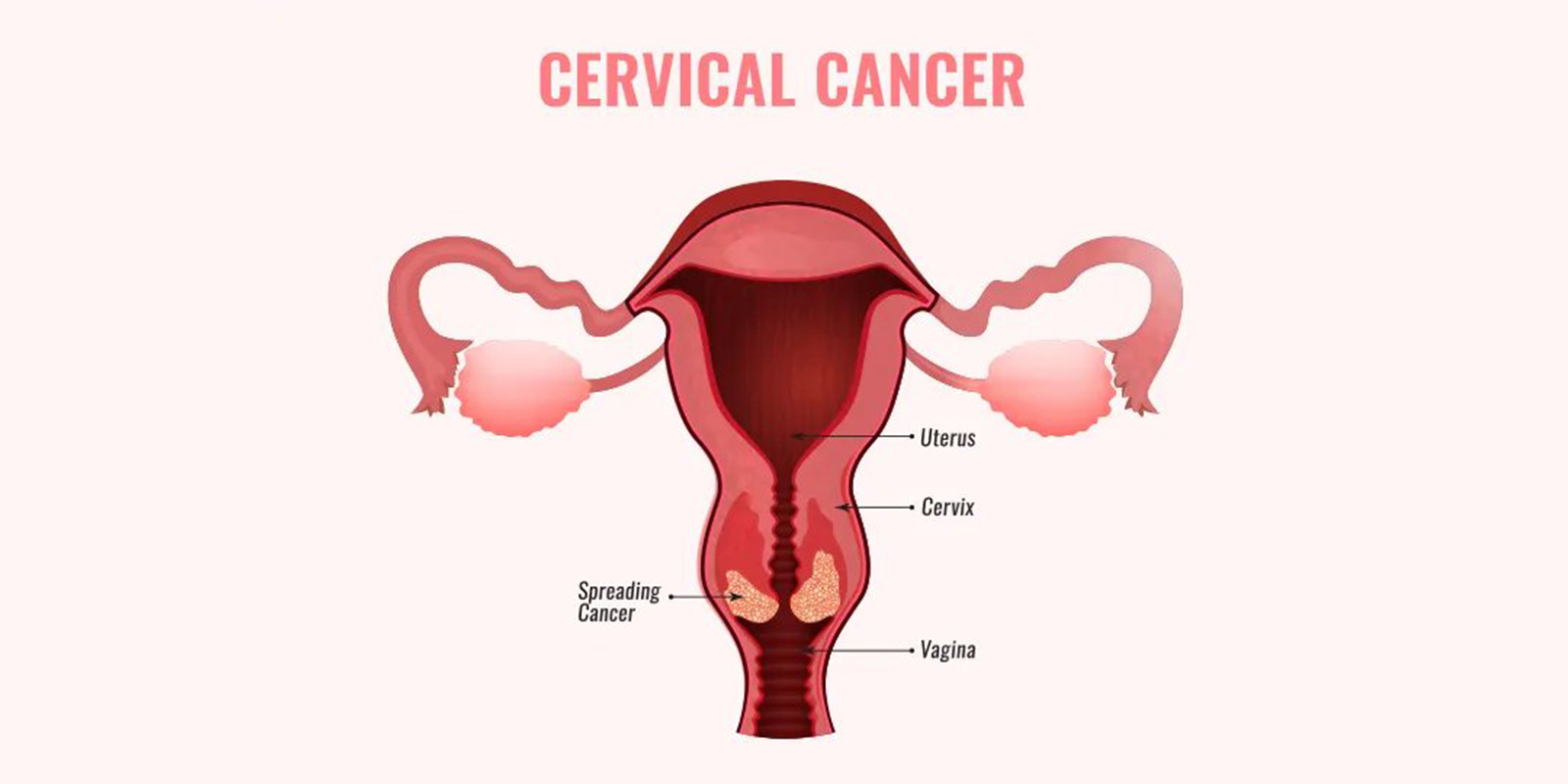National Women's Health Week (NWHW) is celebrated every year in May to guide us to focus on women’s health, starting on Mother's Day, and is from May 12th to May 18th in 2024.
Besides women’s physical health, NWHW advocates to pay attention to women’s mental and emotional well-being. The FDA Office of Women's Health (OWH) will introduce a theme for National Women's Health Week every year, helping women to focus on a specific aspect of their health.

However, viruses like HPV have been affecting women’s reproductive health, and it is vital for women, as well as men, to understand how HPV is formed and spread, how long can HPV be dormant, and how to prevent it from getting infected by high-risk types of HPV.
What is HPV
Human papillomavirus (HPV) is a spherical DNA virus that targets humans as its only host and is one of the most common STIs in nature.
It can be stored for an extended period and is dryness-resistant. Approximately, there are 150 identified subtypes of HPV, which can be categorized into low-risk and high-risk types depending on the severity of the disease they cause. HPV does not cause any problems for most people, but certain types can cause genital warts or even cancers like cervical cancer, which affects women's fertility and pregnancy. The spreading of HPV predominantly occurs via sexual activities, with skin-to-skin contact serving as another mode of transmission.
 image source: gloveclinic
image source: gloveclinic
How Long can HPV be Dormant?
Key Facts about HPV Dormancy
HPV infection is not directly linked to the relevant symptoms, HPV detection is necessary if you have any related symptoms.
HPV has an incubation period of several months to a decade, but the body's immune system will clear it during 1-2 years after inflection.
HPV can be spread through any sexual behavior, including the exchange of bodily fluids.
Condoms are not 100% proof of HPV spread since the HPV virus can be spread through the skin around the reproductive organs.
HPV doesn't just affect women, men can get HPV too.
HPV infection is normal - about 80% of people experience it during their lives, with only a low probability of developing into HPV-related cancers. Don’t worry too much.
Most types of HPV are harmless. Your immune system usually clears it even before you notice it. Some HPV inflection can lead to uncontrolled cell growth, resulting in various cancers, including cervical, vaginal, and anal.
Can HPV be Detected During Dormancy?
HPV cannot be detected when it is dormant. This means it will not be detected by cervical screening or HPV testing. The virus only appears when it is active. So you may find that you have a cervical screening that comes back normal, and then the next screening a few years later finds HPV.
Can HPV be Spread During Dormancy?
HPV inflection occurs without any symptoms means the virus is “sleeping” in the human body, also means the existence of HPV, so can be spread through most sexual activity, including vaginal, anal, or oral sex, even if the person with HPV has no signs or symptoms.

Number of HPV-Associated Cancer Cases per Year
Globally, hundreds of thousands of cancer cases are estimated to be linked to HPV annually, cervical cancer counts for the most. The body parts where humans are likely to be infected with HPV include the cervix, vulva, penis, anus, rectum, and the back of the throat (root of the tongue and tonsils). Thus, diseases that can occur on these sites can be linked to HPV.
Data collection of HPV-related Cancers cannot be updated regularly, but according to the CDC(Centers for Disease Control) report, between 2008 and 2012, an average of 38,793 HPV-associated cancers were diagnosed annually in the United States (11.7 per 100,000), including 23,000 (13.5) in women and 15,793 (9.7) in men. The CDC estimates that 30,700 (79%) of these cancers are attributable to HPV, of which 28,500 are preventable with the 9-valent HPV vaccine. The statistics estimate the number of HPV-associated cancers in the United States based on the number of cancer registrations by the body site where the cancer occurs and the type of cancer.
High-Risk and Low-Risk HPV Types
HPV is a group of more than 200 related viruses that are categorized into 2 main types, low-risk and high-risk, based on their disease-causing potential. High-risk HPV causes diverse cancers, with 12 types discovered: HPV 16, 18, 31, 33, 35, 39, 45, 51, 52, 56, 58, and 59. HPV 16 and HPV 18, are responsible for causing most HPV-related cancers.
 image source: NLM(National Institutes of Health)
image source: NLM(National Institutes of Health)
Despite low-risk HPV may lead to most skin diseases on or around the genitals, anus, oral, or throat, they are less likely to cause cancer.
Over 150 subtypes of HPV have been isolated and identified, and are further categorized into the following 4 types based on the 2 main groups, depending on the area of tissue invaded:
Cutaneous low-risk types: associated with common warts, flat warts, plantar warts, etc., including HPV types 1, 2, 3, 4, 7, 10, 12, 15.
Skin high-risk types: linked with warty epidermal dysplasia, and cancers such as vulvar, penile, prostate, bladder, etc., including HPV types 5, 8, 14, 17, 20, 36, 38.
Mucosal low-risk type: mainly infects genital, anal, oropharyngeal, and esophageal mucosa, including HPV types 6, 11, 13, 32, 34, 40, 42, 43, 44, 53 and 54.
Mucosal high-risk types: mainly affect uterus health by causing cervical cancer, rectal cancer, oral cancer, tonsil cancer, etc., including HPV types 16, 18, 30, 31, 33, 35, 39.
Ways for Preventing HPV
No guaranteed way has been discovered for protecting humans from HPV inflection forever yet, that’s the reason for it being one of the most common viruses in nature. However, making some lifestyle changes and taking some precautions can reduce the chances of inflecting HPV.
- HPV Vaccine
It is best to get vaccinated against HPV before you have sex for the first time, as this is the most common way to prevent HPV.
- Condoms Protection
Condoms greatly reduce the risk of HPV infection by avoiding direct contact with the skin of the genitals.
- Healthy Sex Life
A simple single sexual partner and healthy sexual behavior can reduce the sources of HPV transmission and is in line with the agreed-upon speed of monogamous relationships.
- Cervical Cancer Screening
Women should pay particular attention to their fertility and estrogen(such as lh hormone, fsh, and prolactin? stability. In addition to cervical cancer screening, regular gynecological checkups can also provide early knowledge of abnormal cell changes in the uterus and early intervention before they develop into cancer.
 image source: drgeethaoncologist
image source: drgeethaoncologist
- Protection of personal hygiene products
Please do not share personal hygiene items such as towels with others, even your partner should maintain personal hygiene independently.

HPV-caused Cancer: Cervical Cancer
According to the American Cancer Society's estimate of the number of cervical cancer cases in the U.S. in 2024, there will be about 13,820 new cases of cervical cancer, of which about 4,360 women are likely to die from cervical cancer.
HPV is the leading cause of cervical cancer, and although the chance of developing cancer after infection with HPV is small, the two high-risk types of HPV, HPV-16 and HPV-18, still need to be targeted to prevent it. They cause cells to grow in the area below the uterus that connects to the vagina, and cervical cancer forms after the cells become cancerous. The first step in preventing cervical cancer is to prevent getting infected with HPV.
In the unfortunate event that cervical cancer is diagnosed, it is crucial to remove the cancer surgically to stop the cancerous, and then treat it with targeted drugs or chemotherapy.
Conclusion
Femometer is dedicated to providing females with essential data and supplements to enhance their in reproductive health. Our mission is to give women the data and insights that need to feel in control of their health and well-being, hoping that all women prioritize their own health conditions. For those who are experiencing the TTC journey, Femometer promises a joyful and prepared path toward motherhood.
Women's health is often discussed in society, which includes topics such as ovulation, menstrual cycles, hormone levels, pregnancy preparation, and contraception. All of these topics revolve around women's reproductive health, and women can increase their awareness of related diseases so that they can be directed to protect themselves by reading.
Femometer Ovulation Tracker : Get 20% OFF Sitewide for Mother's Day Celebrating!

HPV is one of the most common viruses, and while both men and women are at risk of infection, once infected and causing lesions, HPV can cause significant damage to a woman's reproductive health. The risk of HPV infection can be greatly reduced by maintaining a healthy sex life, focusing on personal hygiene, regular screening, and early vaccination.
This article is the original creation of Femometer. All rights reserved by Femometer Inc. To reproduce, distribute, or reference the content, please reach out to us in advance to prevent any potential legal issues. Copyright © Femometer Inc.









